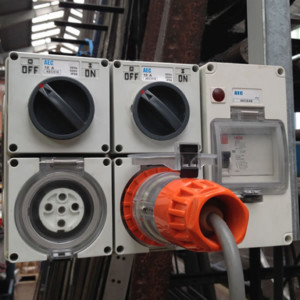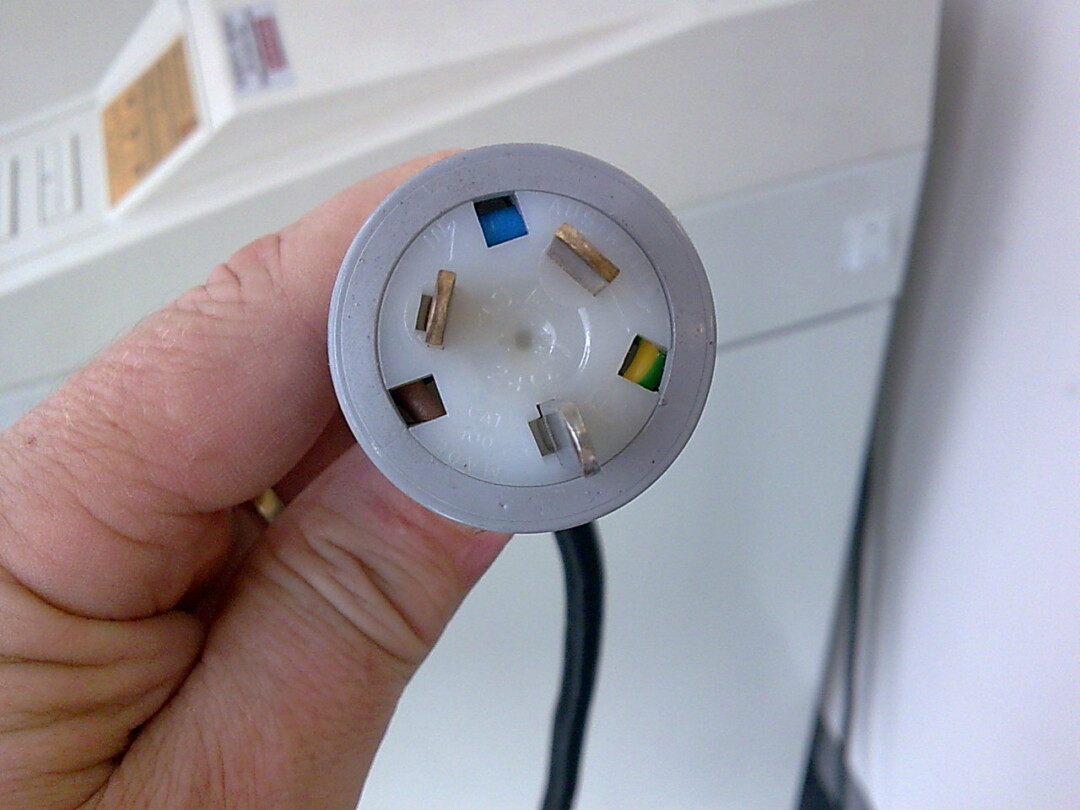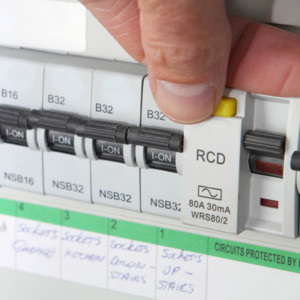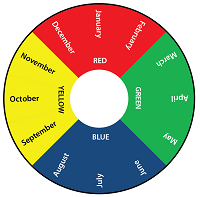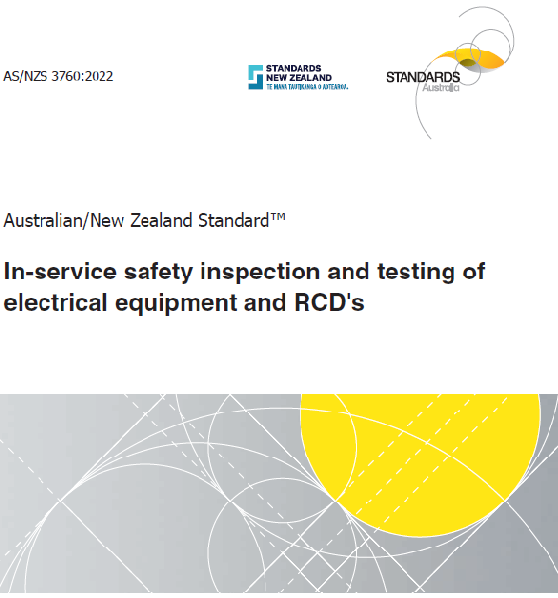How To Test And Tag 3 Phase Appliances And Leads
Three phase appliances are similar to single phase appliances except they use three actives instead of just one. Their are designed to provide increased amount of power available to run the appliance, provide greater toque and deliver smoother operation of motors and more.
Three phase appliances come under the same scope for testing and tagging as single phase appliances and must be considered as part of any workplace test and tagging program.
The process to test and tag them is very similar to how it is done with single phase appliances. The most common mistake made is the method used to test the insulation of the appliance. Performing the standard (500V DC) insulation resistance test is only suitable for a limited number of three phase appliances. This is because the world of three phase appliances is full of electro-mechanical switches, soft starts and variable speed drives. These design features mean alternative testing methods must be used to achieve compliance with the testing requirements of AS/NZS 3760.
Added to this there are 4 & 5 pin plugs / sockets and different key locks according to their rating.
Due to the higher voltage rating of three phase appliances, 415V instead of 240V for single phase appliances, and often higher amperage ratings, extra safety precautions must be implemented when testing.
TATSA has released an Online Three Phase Test and Tag course that covers the theory of three phase power, correct inspection and testing processes and some safety precautions that must be considered.
For more info visit Online 3 Phase test and tag course.


